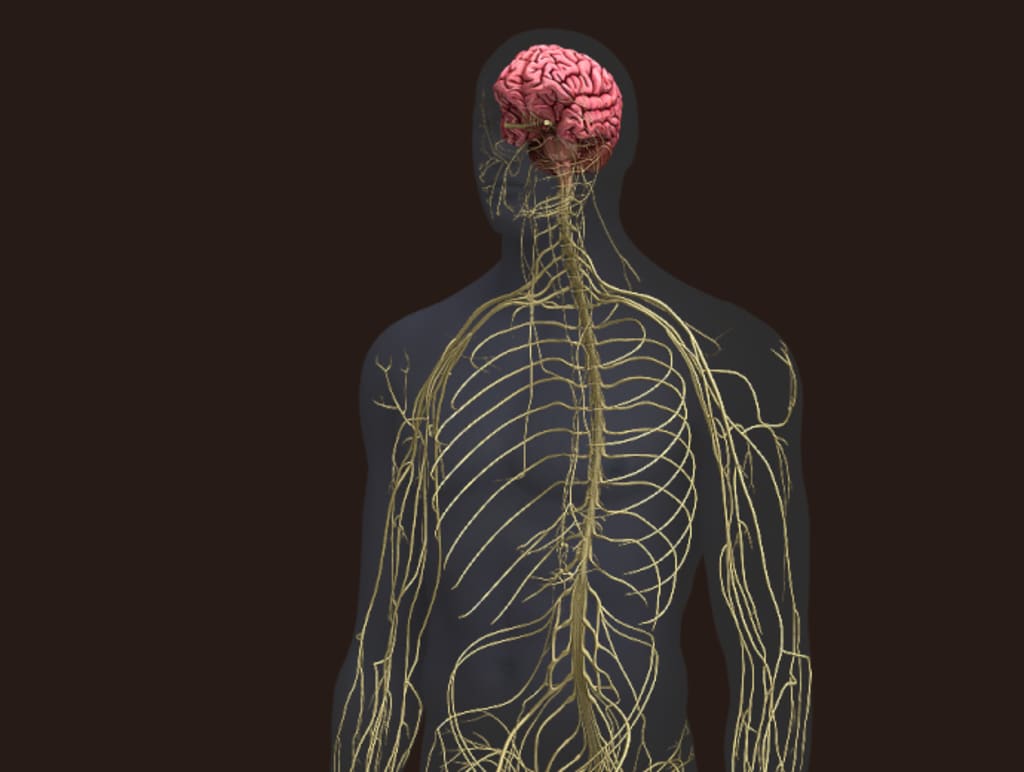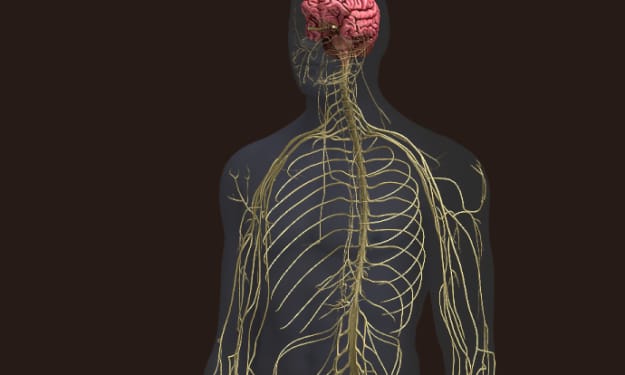Is our nervous system this complex ???
Unveiling the Intricacies of Neuronal Communication: The Power of Action Potentials

Title: Unveiling the Intricacies of Neuronal Communication: The Power of Action Potentials
Introduction:
Imagine a world where every thought, feeling, and action can be communicated by simply pressing a button. It would be like using a simplistic app that emits a constant and uniform ping, conveying everything from "I'm cold" to "I love churros" to "I need to breathe." Interestingly, this concept mirrors how neurons send electrical impulses responsible for all our actions, thoughts, and emotions. Neurons transmit signals through a remarkable phenomenon called action potentials. In this article, we will delve into the fascinating world of neuronal communication, exploring the mechanisms behind action potentials and their significance in our daily lives.
Understanding the Basics: Electricity and Neuronal Function
Before we can explore how neurons communicate through action potentials, we must grasp the fundamentals of electricity. Picture your body as a collection of batteries, electrically neutral with positive and negative charges in equilibrium. However, certain areas possess imbalances in positive and negative charges, necessitating the presence of membranes to separate them until the energy can be utilized. These membranes create potential energy.
Each neuron can be likened to a miniature battery with separated charges waiting for a triggering event to bring them together. To maintain this separation, the neuron relies on a vital component of the nervous system called the sodium-potassium pump. This protein, found along the neuron's membrane, actively transports potassium ions into the cell while expelling sodium ions. As a result, the interior of the neuron carries a negative charge relative to the extracellular space.
The Journey of an Action Potential:
When a neuron is at rest, it maintains a negative membrane potential, typically around -70 millivolts. This polarized state is sustained by an unequal distribution of positive sodium ions outside the neuron and positive potassium ions, mingled with negatively charged proteins, inside the neuron. The discrepancy in ion concentration and charges creates an electrochemical gradient, which nature seeks to balance.
To restore balance, the ions must pass through the membrane. This is facilitated by ion channels present in the membrane. Voltage-gated channels open at specific membrane potentials, while ligand-gated channels respond to neurotransmitters or hormones. Mechanically gated channels open when the membrane is physically stretched. As the channels open, ions flow across the membrane, equalizing the charge imbalance.
When a strong stimulus triggers a change in membrane potential that surpasses the threshold, an action potential is generated. This all-or-nothing phenomenon involves a rapid depolarization of the neuron. Voltage-gated sodium channels open, allowing an influx of positive sodium ions, which causes a significant change in voltage. This temporary reversal of membrane potential, known as an action potential, sets off a chain reaction along the neuron's axon.
Propagation and Significance of Action Potentials:
The activation of voltage-gated sodium channels leads to a cascading effect along the axon. Localized currents trigger the opening of neighboring channels, initiating a domino-like sequence down the line. Consequently, the action potential propagates along the axon, transmitting the electrical signal from one neuron to another.
While the strength of an action potential remains consistent regardless of the stimulus, its frequency varies. Weak stimuli elicit less frequent action potentials, while intense signals increase the frequency, communicating a stronger message. Additionally, action potentials exhibit different conduction velocities, with myelinated axons transmitting impulses faster than non-myelinated ones.
The Role of Action Potentials in Daily Life:
Action potentials are the foundation of our ability to experience the world. They enable our neurons to communicate and coordinate the complex processes underlying our thoughts, sensations, and movements. Whether it's a subtle touch on our skin or a profound emotional experience, action potentials are the language through which our nervous system translates external
stimuli into meaningful perceptions.
Moreover, action potentials play a critical role in the integration of information within the brain. Through intricate networks of interconnected neurons, they facilitate the transmission and processing of signals, allowing us to learn, remember, and adapt to our environment. They are the messengers that bridge the gap between our senses, cognition, and actions.
Clinical Insights: Action Potentials and Neurological Disorders
Given the fundamental role of action potentials in neuronal communication, any disruption in this process can have profound consequences. Various neurological disorders can arise from malfunctioning action potentials, impacting a person's quality of life. Epilepsy, for example, is characterized by excessive and synchronous action potentials, leading to recurrent seizures. Conversely, disorders like multiple sclerosis involve the demyelination of axons, disrupting the conduction of action potentials and resulting in a range of debilitating symptoms.
Conclusion:
Action potentials are the dynamic electrical signals that drive our nervous system's remarkable ability to communicate. From the moment we open our eyes to the second we fall asleep, these minute yet powerful events allow us to perceive the world, process information, and respond accordingly. Understanding the intricacies of action potentials not only sheds light on the extraordinary mechanisms of the human brain but also opens doors to novel therapeutic interventions for neurological disorders. As we continue to explore the mysteries of neuronal communication, we uncover the awe-inspiring wonders of our own consciousness.





Comments
There are no comments for this story
Be the first to respond and start the conversation.